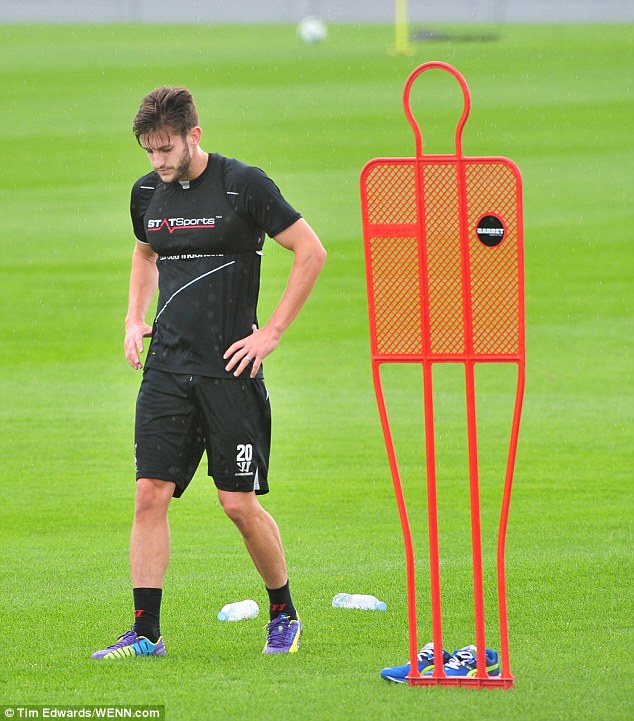
23 Oct Injury Prevention using
STATSports
“An ounce of prevention is worth a pound of cure”
Injury Prevention is key in today’s elite sports world. Our sports scientist Pearse O’Doherty looks at how top coaches and athlete’s can predict and prevent injuries before they occur using STATSports Viper. He also analyses the key metrics we analyse as a player recovers from injury.
These include:
- Dynamic stress load
- Impacts
- Total loading
- Step balance
- Deceleration’s
- High Metabolic Load Distance
These metrics assist coaches in making important decisions when tapering subsequent training loads in the upcoming sessions. Live streaming is particularly advantageous as this allows coaches to adjust training loads during the session via real time feedback if a coach feels that a sufficient load has already been placed on the player.

Dynamic stress load is the total of weighted impacts at a magnitude above 2g. These include both collisions and step impacts while running. Each player’s dynamic stress load will be individualised as running style will affect this metric. This provides coaches with a quality insight of how each player physiologically responds to a training session and furthermore can allow the coach to individualise training loads to ensure the training elicits an adaptation without unnecessary load.
Step balance calculates the average peak impact of each step on both the left and right foot. It gives a strong indication of the efficiency of a players running gait. It is displayed as a percentage total of each foot. An even distribution of 50% through each foot, indicates an efficient running gait, however if this percentage deviates this could give an indication to the medical staff that the player maybe overcompensating and further analysis may be needed to determine why there is an imbalance.

Decelerations are a valuable metric in terms of eccentric loading placed upon a player. As a player decelerates, particularly the hamstring musculature will experience a considerable eccentric loading were the muscle lengthens under tension. Hamstring injuries often occur during the eccentric phase. The STATSports Viper can be configured to calculate the number of high speed decelerations in which a large quantity could indicate that a player has experienced heavy eccentric loading and that a reduction would be advantageous to recovery.
These metrics and many more are used individually and collectively by our clients throughout the season in order to reduce risk of injury, allow adequate recovery and ensure optimal loading.
Season Analysis
A key feature included in STATSports Viper GPS System is season analysis. This allows various metrics to be compared and assessed longitudinally. Coaches can analyse how various metrics interact and how this affects the subsequent fatigue experienced by a player.

#Fingerprint Drill
STATSports Viper sports performance software offers assistance to the coaching and medical staff in rehabilitation. A new feature called “the fingerprint drill” which allows thresholds to be set for players when they are training and competing consistently as a future “gold standard” in the unfortunate instance of a player suffering an injury. The medical or coaching staff can then determine a percentage that a player must reach or be below in the fingerprint drill to be determined as match fit or showing progression in the rehabilitation process.
Pearse O’ Doherty, Sport Scientist
Keep your eye on our Twitter (@STATSports) and Facebook for regular updates about our clients and products.
Contact us: [email protected]